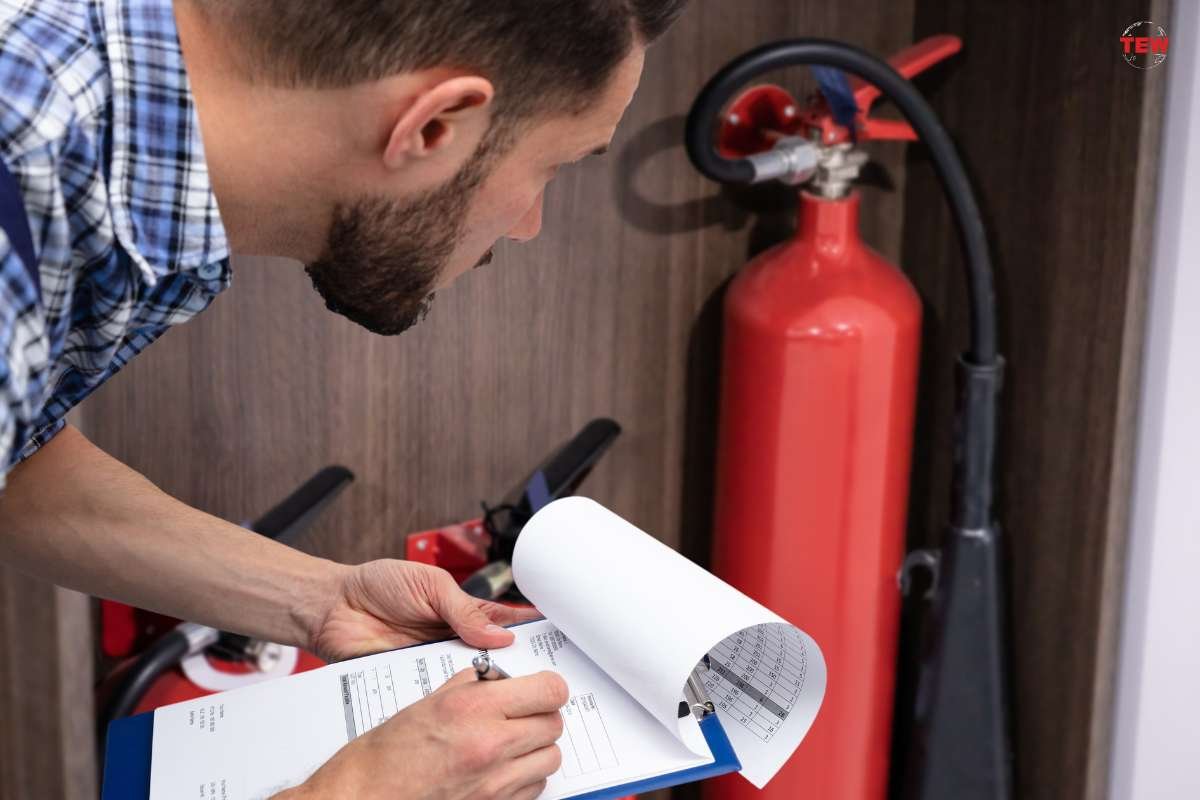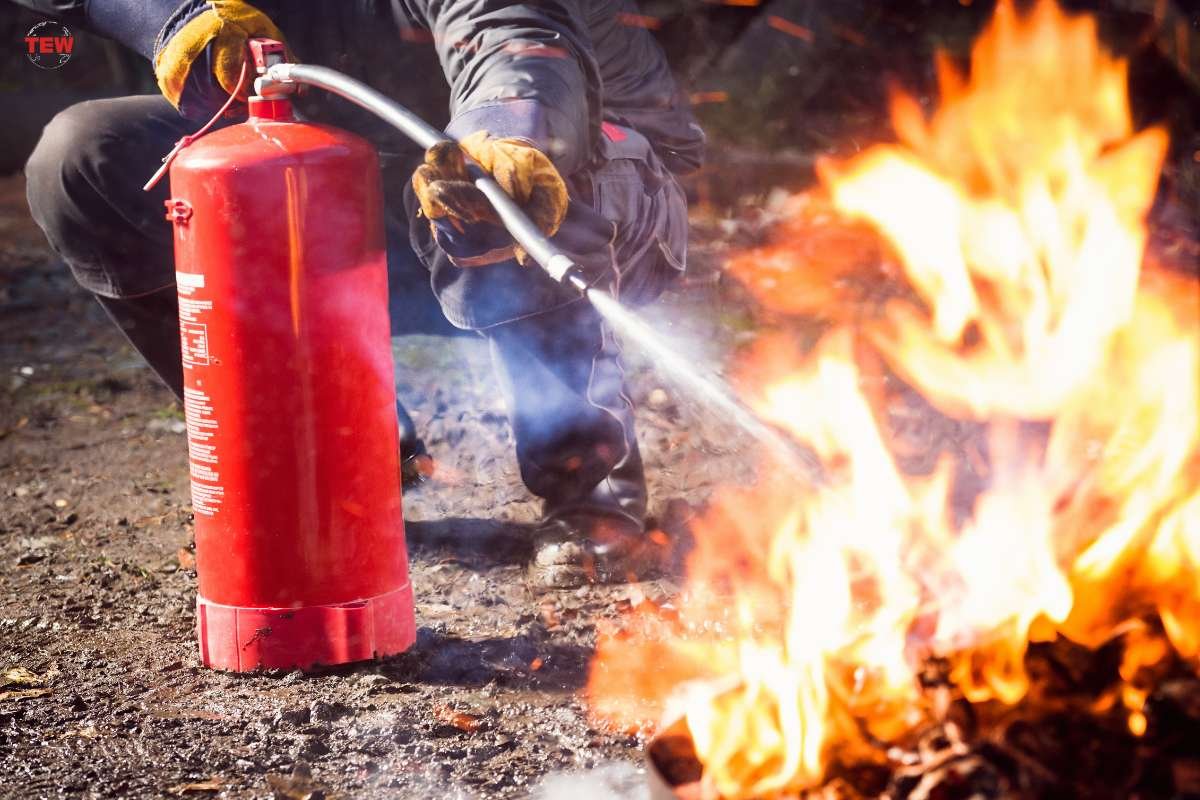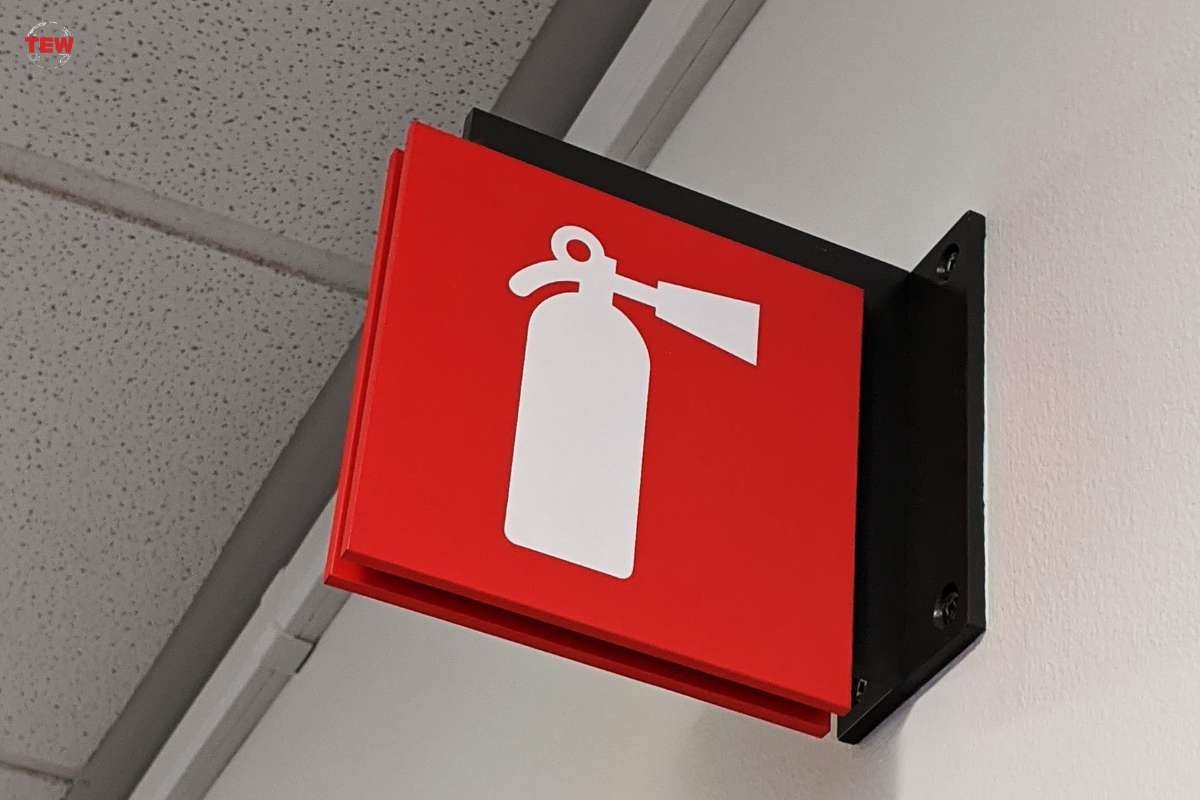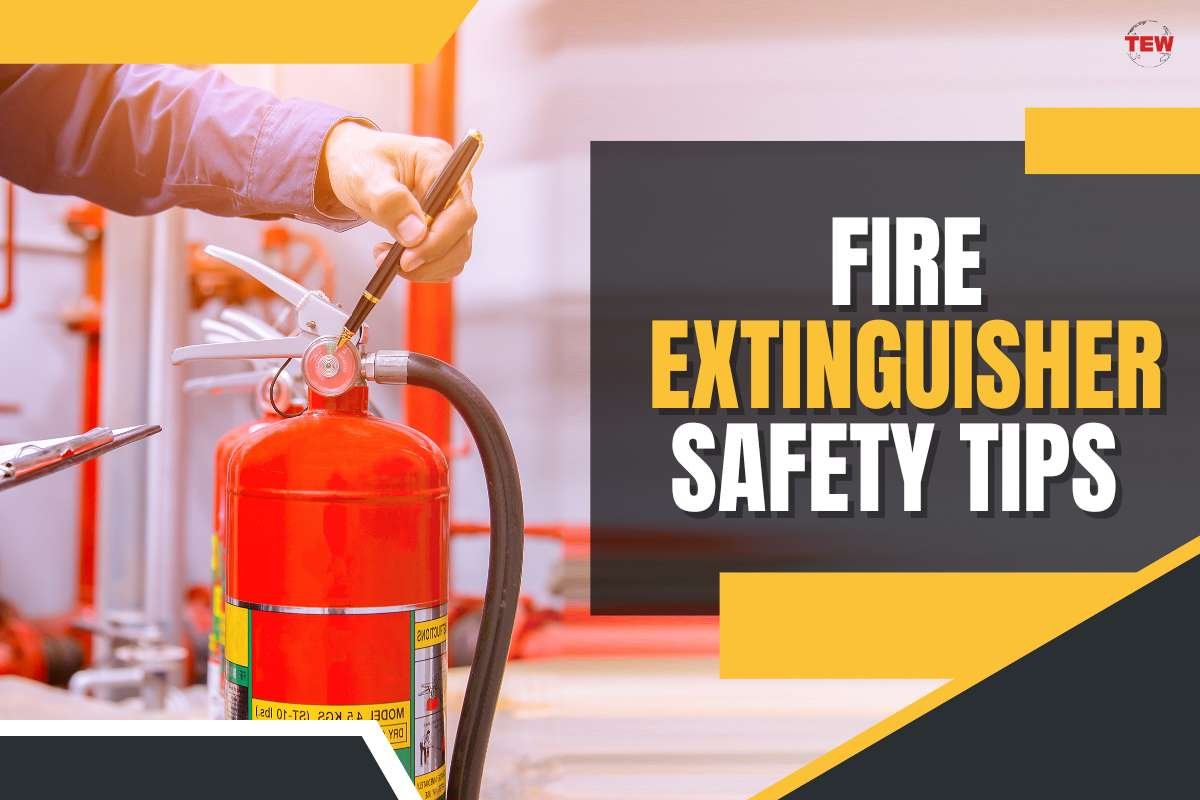Fire extinguishers can be powerful tools, but only if used appropriately. Unfortunately, many individuals misuse fire extinguishers.
Prior to using an extinguisher, identify a clear evacuation route. Next, stand 6-8 feet from the fire and follow this 4-step procedure: PULL: Break the tamper seal. AIM: Direct the nozzle or hose toward the base of the flames. SQUEEZE (some models have buttons instead of levers).
Use the Right Fire extinguishers for the Right Fire
Different fire extinguishers are tailored for different kinds of fire risks. Select one that best meets the needs of your home or business and familiarize yourself with its use before an outbreak occurs. To use a fire extinguisher effectively, start by pulling its top pin to break its tamper seal; aim low when aiming toward base of the fire (never directly at flames); sweep nozzle from side-to-side until fire has been covered evenly before finally squeezing lever to release extinguishing agent into its discharge mechanism – then squeeze to discharge its extinguishing agent into action!
Keep in mind that while a fire extinguisher is an integral component of an emergency plan, safe evacuation remains of utmost importance. Be sure to close doors behind you before retrieving an extinguisher and clear an escape route even if the fire appears under control – remember, fires often rekindle quickly so remain alert until it is safe for you to exit your location.
Check the Extinguisher Regularly
Unless regularly maintained and inspected, fire extinguishers could prove ineffective during emergencies. Inspections include testing various elements such as pressure gauge and hose/nozzle seal. Inspections can detect corrosion, dented housings or leakage. When problems such as these are detected early enough they can be repaired or replaced so your equipment will work optimally in an emergency situation.

Visually inspect each fire extinguisher at least once every month, or more frequently if possible. Make sure it is located in its intended place of storage, is easily accessible and its label can be read easily; check for signs of physical damage such as missing screws or cracked hoses on its body or cylinder; make any necessary repairs if any are found; ensure all required documentation has been received prior to making decisions on whether it should be kept or returned for recycling.
When using an extinguisher, read and follow its operating instructions before retrieving it from storage. Before retrieving, identify an evacuation path with no obstructions and stand 6 to 8 feet away from any fire when ready to discharge it by pulling out its pin between handles and aiming low with its nozzle at its base.
Know Your Extinguisher’s Use
Before using a fire extinguisher, always read and understand its operating instructions. These may contain diagrams as well as types of fire it can combat. If in doubt, consult your fire department.

Each extinguisher comes equipped with its own fire class rating on its label; only use that specific extinguisher type for fires of the type(s) listed therein; otherwise using another extinguisher could spread or even reignite it!
Before using a fire extinguisher, ensure everyone’s safety by getting out of the building or room. Only consider using one when the fire is contained to a small area such as a wastebasket and not spreading; all occupants have left safely; or when emergency responders have been called. When using one, keep it low aimed with its nozzle swept from side-to-side while pulling back its pin once finished and observe for any further flareups before pulling the pin and watching to ensure all flames appear extinguished before pulling its pin and leaving to make sure all is out.
Know Your Extinguisher’s Location

Fire extinguishers are most effective when kept within reach of those needing them, to minimize response times in an event of fire. According to NFPA 10, employees should not need to travel more than a certain maximum distance depending on the hazard type in order to obtain an extinguisher quickly and safely.
Extinguishers must also be easily visible with clear signage pointing them out; installing them in vibrant or contrasting colors to make sure that they stand out is ideal.
As part of your fire escape plan or when required by an administrative body such as OSHA, insurance or fire marshal, always mark each location of a fire extinguisher for use during evacuation in case of fires. Furthermore, practice fire escape routes together and arrange to meet at designated meeting spots outside your building before an actual disaster strikes.




